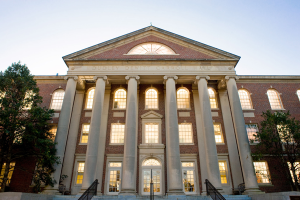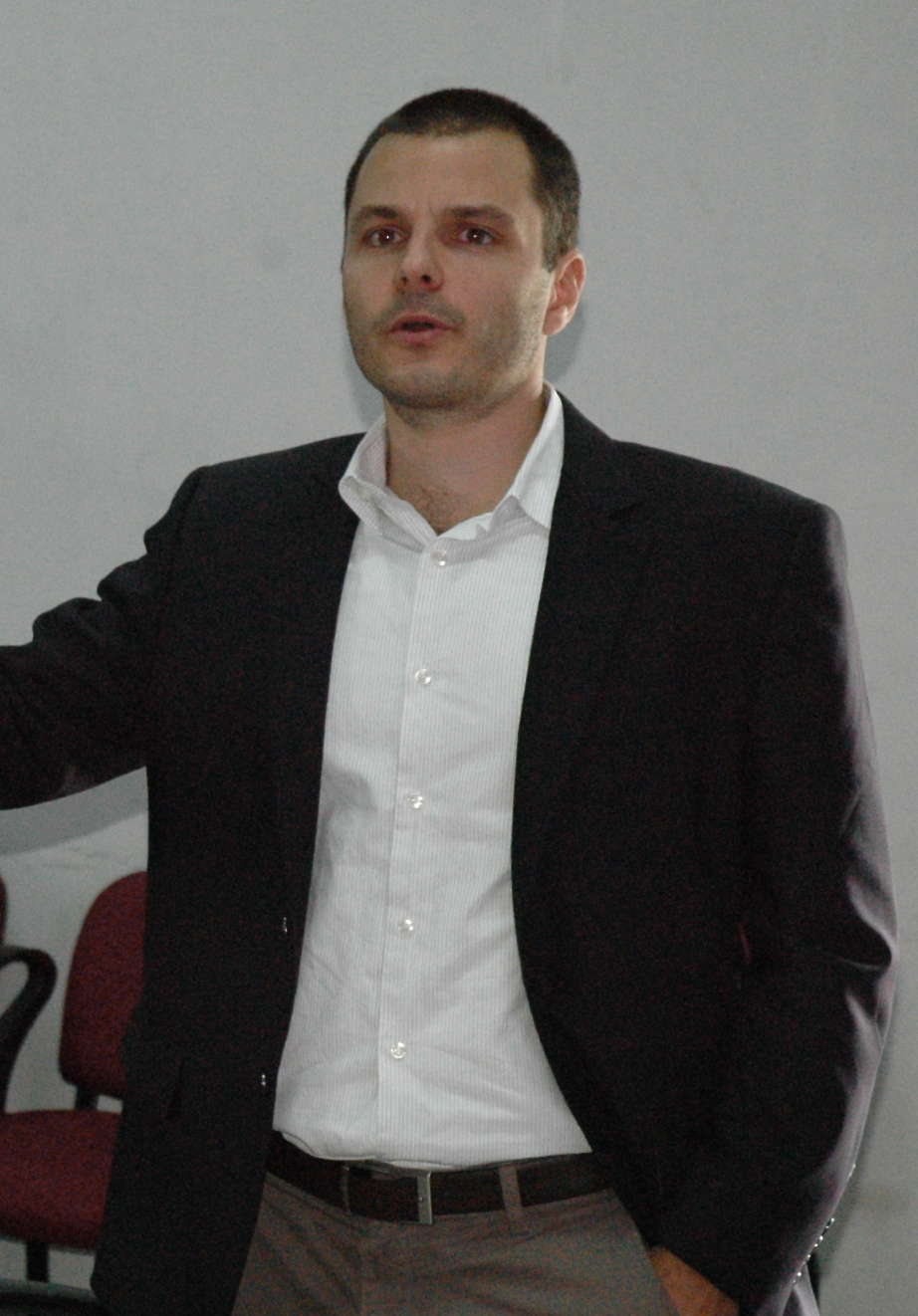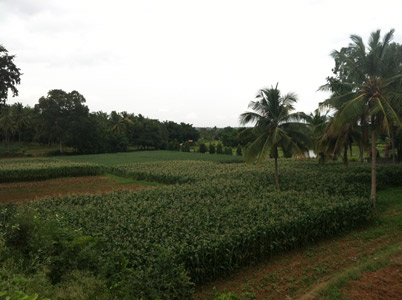Doctoral student launches study in India

David Bockino, a second-year doctoral student, used a summer grant from the UNC Center for Global Initiatives to travel to India and launch a comparative study of the transition between journalism education and journalism practice. Below is his recap of his summer travels and research.

Bockino lectures at IIJNM.
The most creative analysis regarding the current state of print journalism I heard during my three-week summer trip through India came from the former editor-in-chief of The Hindu, one of the most influential English-language newspapers in the country. During a talk at Chennai’s Asian College of Journalism, N. Ram, citing a colleague, said: “Newspapers are kind of like the sun — they’re rising in the East and setting in the West.”
Such is the situation in India, a country whose burgeoning media industry is home to more than 2,000 “paid for” papers including the Times of India, the largest circulated English-language daily in the world. Complementing this robust print market is the continued development of other media extensions such as the rise of network and cable television, a result of government deregulation 20 years ago, and the explosion of broadband and mobile technology in the past decade. As a doctoral student studying media economics and media organizations, I was intrigued by the growth of the Indian market, curious to uncover the similarities and differences between India and the U.S., and bewildered by the lack of academic attention being paid to the world’s largest democracy and its underlying journalistic engines.
My subsequent trip to the subcontinent was the result of a Pre-Dissertation Travel Award provided by the UNC Center for Global Initiatives. The goal was to develop the foundation of a multi-year comparative study of the transition for students between journalism education and journalism practice in both the U.S. and India, a project I believed could significantly contribute to the current body of journalism research that exists for both countries. After an initial request for collaboration, two top-tier journalism schools agreed to meet with me in person — the Indian Institute of Journalism and New Media (IIJNM) in Bangalore and the Asian College of Journalism (ACJ) in Chennai.

A scene near the IIJNM campus
At IIJNM, founder Abraham George and vice dean Kanchan Kaur graciously arranged for me to stay on their bucolic campus, located 25 kilometers from the frenzied atmosphere of Bangalore proper. I stayed in a flat next to the school’s two Scottish professors, ate meals with the students in the cafeteria, sat in on a lecture by George, and interviewed the faculty during the workday. The students, on campus for only their second week, were particularly enthusiastic to speak with me about their commitment to IIJNM — where they came from, what they expected to learn and where they hoped to land after graduation. Those in-depth discussions will hopefully form the core of my proposed dissertation project.

ACJ campus
ACJ was located in a more urban environment, close to Chennai’s suburban rail line and situated among a cluster of other colleges in the city’s Tharamani neighborhood. There, founder Sashi Kumar, dean Nalini Rajan and professor Bindu Bhaskar were kind enough to let me wander the halls and speak with the school’s faculty during the hectic beginnings of a new academic year. On the last day of my visit, I was given the opportunity to briefly address the school’s 150+ students, and to discuss the current state of the U.S. media industry.
In an era of globalized networks and multi-national media conglomerates, I believe international collaboration is essential to further our understanding of an increasingly linked society. Many thanks to the UNC Center for Global Initiatives, my advisers inside the Hussman School — particularly Daniel Kreiss, Daniel Riffe and Penny Abernathy — and the students and faculty at IIJNM and ACJ for providing me with this wonderful opportunity. I look forward to continuing the research and to expanding the scope of the project in the coming years.